What are stress fibers?
What are stress fibers? Stress fibers are higher order cytoskeletal structures composed of cross-linked actin filament bundles, and in many cases, myosin motor proteins, that span a length of 1-2 micrometers [1]. At least 4 types of stress fibers have been identified in mammalian [...]


